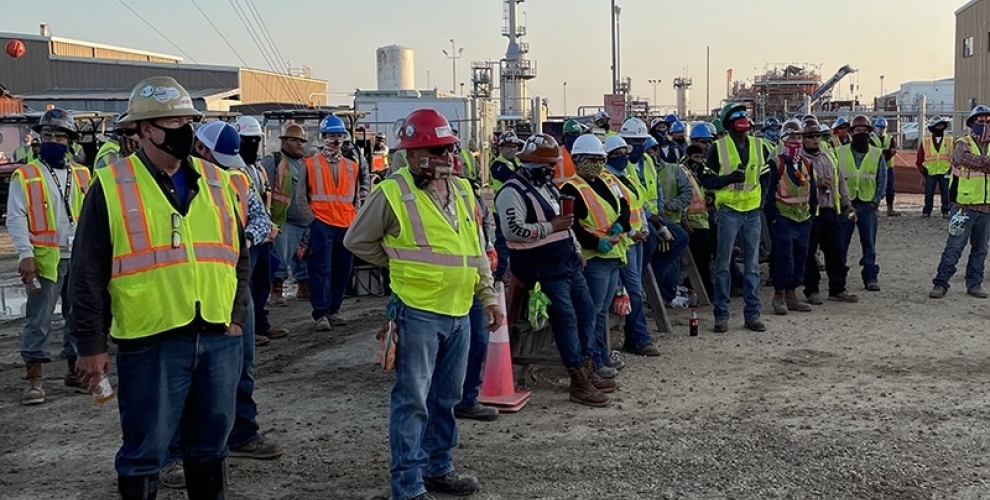
By Shawn Hicks, Director of Safety, Tellepsen Industrial
Multiple factors can determine a project’s HSE performance, these factors include, but are not limited to:
In the past, our HSE professionals would track the number of incidents, participation in the sites observation program, site HSE audits, number of first aids and the site’s overall recordable rate to determine or forecast the HSE performance of the site. This was typically reviewed either weekly or monthly as the project’s manhours became available. If the HSE professional observed a trend in the type of incidents occurring on the project, the team, including the site manager, would focus their attention on that topic in the form of toolbox talks, training, and establishing focused auditing at the site to address the trend.
We have long lived under the industry’s understanding of what was a leading indicator. Here at Tellepsen Industrial, we now view those as lagging. Our Safety/Quality Heat Map is a real-time, project-based prediction and forecasting tool that combines predictive, leading and lagging indicators that generate a project’s safety and quality “energy level” that is tracked in real time. Our extensive experience has created these factors and expands our project site view to a true-picture look at a site’s safety and quality performance. It is not uncommon that when a project falls behind schedule, a project team can experience a sense of urgency which can take the focus off safety and quality to get back on schedule. With this process, we can avoid having to make such sacrifices. We can truly skate to where the puck is going vs. where it is.
The project schedule also may lead to extended work hours or longer work weeks leading to fatigue of the craftsmen which can lead to a higher risk of incident or injury. This may also require the team to hire additional craftsmen to gain on the schedule. New hire employees have traditionally had a higher incident rating than long-term employees that are familiar with the company and the site’s requirements, thus adding yet another factor to the site’s safety and quality performance exposure.
The HSE Quality Heat Map looks at all these project factors, applies a formula to each and displays them in an easy-to-read, color-coded format. When one or multiple factors show a trend, this will provide a visual alert to the site team and corporate personnel indicating the site needs assistance to curb the current trend. In response, the team will generate a corrective action plan to address this negative trend. If one of the identified factors is severe, it alerts the team to address that factor immediately.
As mentioned, it used to be that project teams could only react to an incident that had already taken place. The site would then investigate the incident and identify corrective actions to avoid the occurrence of repeat incidents. With the HSE Quality Heat Map, the tool allows for management to “predict” when the site is headed for negative performance in one or multiple factors that may result in incidents or injuries to avoid such events in the first place.
Acting ahead of a possible event enables upper management, site management and sometimes even the client to focus on addressing these factors when they are initially seen rather than waiting for something to happen, saving possible injury to job site personnel.
In closing, there are no “silver bullets” out there to ensure that undesired events do not occur. However with the HSE Quality Heat Map tool, upper management, site management and HSE professionals are better equipped with a holistic prediction tool to identify trends or potential problems and more importantly act ahead of a possible event to correct them.
At all levels of the organization, Tellepsen Industrial is committed to innovative processes and technology to stop incidents and quality issues before they happen.